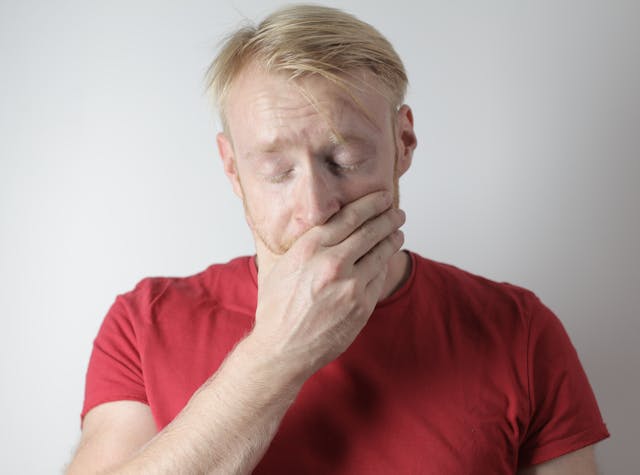.Worry is an inevitable and normal part of life. It’s important to accept this reality in order to a) not worry about worry and b) recognize when your worrying may be chronic. If you have a first date or a public speaking event, it would be odd if you didn’t feel some nervousness. On the other hand, when you find yourself fixating and obsessing and feeling dread all the time, you may be struggling with a diagnosable condition such as Generalized Anxiety Disorder.
Generalized Anxiety Disorder affects 6.8 million adults, or 3.1% of the U.S. population. In fact, the most common mental illnesses in the U.S. are anxiety disorders. Among those, Generalized Anxiety Disorder (GAD) is the most prevalent. But how can you tell if you are at risk?
Common Emotional Signs and Symptoms of GAD
Disproportionate, Relentless Worrying
It may relate to almost anything, for example:
- Social interactions
- Work
- School
- Health
- Finances
- Relationships
If you feel you’ve lost control of your worrying for at least six months, you may be dealing with GAD.
Generalized Anxiety Disorder Can Move Beyond Worry Into Terror
GAD can leave you in a non-stop cycle of dread. It’s as if you are certain something terrible is just about to happen — even when no evidence exists to support this sensation. Such episodes can escalate into all-out panic attacks.
Inability to Focus or Concentrate
Sometimes, with generalized anxiety disorder, the anxious thoughts become all-consuming. This becomes apparent when they impact your ability to handle daily functioning. People notice that you “blank out” often. A related symptom occurs when this loss of focus leaves you feeling on edge. You are quick to anger and short on patience.
Common Physical Signs and Symptoms of GAD
Sleep Disturbances
It sounds cliché for a reason. It’s true. Anxiety can cause you to toss and turn and lose sleep. This goes double or triple if there is a particular event you’re dreading the next day. The long-term effect of such sleep disturbances is immense. Everyone needs a regular sleep routine. Without it, you will feel fatigued, depressed, and yes… more anxious.
- Shortness of Breath: The anxiety and the panic can result in breathing difficulties and tightness in your chest. These signs may, in turn, result in more anxiousness and worry.
- Heart Palpitations: This may also include a sudden increase in your heart rate. The feeling of your heart pounding can once again cause more anxiety.
- Sweating, Hot Flashes, etc.: A higher heart rate will raise your body temperature.
- Shaking, Trembling, etc.: GAD is known for causing a shaky voice, trembling hands, and other disconcerting side effects.
Getting the Generalized Anxiety Disorder Treatment You Need
To repeat, any of the above signs can be minor within context. What you will want to monitor, in particular, is intensity and duration. If your reaction seems out of proportion, it warrants your attention. If these symptoms persist for six months or more, you should ask for help. In the meantime, there are some self-help steps to integrate into your daily life. These include:
- Self-Care: Prioritize yourself. This means getting into a regular sleep routine, making healthy eating choices, and taking part in exercise and physical activity each day.
- Relaxation Techniques: Look into mediation, breathing exercises, yoga, Tai Chi, and more.
- Keep a Journal: Diligently monitor your triggers, reactions, symptoms, and how you soothed yourself. This journal will come in handy during therapy sessions (see below).
Committing to therapy is a powerful and proven step for managing GAD. You and your counselor will work together to identify patterns and underlying causes for your Generalized Anxiety Disorder. From there, you can begin the essential work of creating new approaches and solutions. If any of the above sounded uncomfortably familiar, I invite you to contact me. Read more about anxiety therapy. Let’s get you set up with a safe and confidential consultation.





